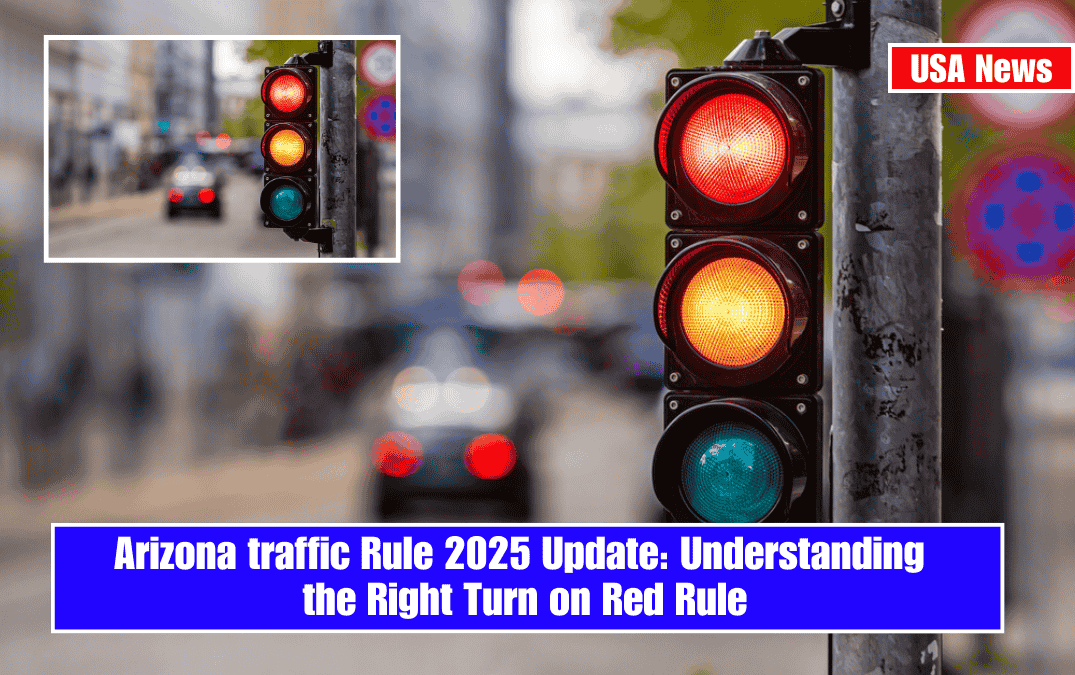New York’s coastal cities, including New York City, Long Island, and areas along the Hudson River, are increasingly vulnerable to the effects of climate change. Rising sea levels, intensifying storms, and extreme weather events are reshaping the landscape and threatening infrastructure, ecosystems, and communities.
Here’s an analysis of how climate change is impacting these regions and what measures are being taken to mitigate its effects.
Key Climate Threats to New York Coastal Cities
- Sea Level Rise (SLR)
- Sea levels along New York’s coast have risen by more than a foot since 1900 and are projected to rise between 1 to 3.5 feet by 2080, with some estimates suggesting up to 50 inches by 2100 depending on future warming scenarios.
- This rise exacerbates coastal flooding, particularly during high tides and storm surges. Low-lying areas like Lower Manhattan and Jamaica Bay in Queens are already experiencing “sunny day” flooding, which is expected to become a daily occurrence by the 2080s.
- Storm Surges and Extreme Weather
- The frequency and intensity of extreme storms have increased since the mid-20th century. Events like Superstorm Sandy in 2012 caused catastrophic damage, flooding 17% of New York City and resulting in $19 billion in losses.
- Storm surges amplified by rising seas threaten critical infrastructure, homes, and businesses. For example, surges could reach up to 15 feet in some areas by the end of the century.
- Ecosystem Degradation
- Coastal wetlands that act as natural buffers against flooding are under threat from rapid sea level rise and urban development. These ecosystems struggle to adapt as they face submersion or destruction from human activity.
- Heat Waves
- Average temperatures in New York have risen by approximately 3°F since 1970 and could increase another 3°F by 2080. This warming trend leads to more frequent heat waves, with projections of up to 37 extremely hot days annually by mid-century.
- Heat waves exacerbate health risks such as heat stroke and respiratory issues while straining energy systems.
Economic and Social Impacts
The economic toll of climate change on New York’s coastal cities is staggering:
- An estimated $181 billion worth of property is at severe or extreme flood risk across New York State.
- Rising seas threaten drinking water supplies due to saltwater intrusion into freshwater systems like the Hudson River.
- Communities face displacement as residential areas become uninhabitable due to recurrent flooding.
Socially, marginalized communities often bear the brunt of these impacts due to limited resources for adaptation or recovery.
Adaptation Strategies
New York is taking significant steps to address these challenges:
- Coastal Protection Projects
- Initiatives like the “BIG U” project aim to create protective barriers around Lower Manhattan, including elevated parks and floodwalls.
- Staten Island’s “Living Breakwaters” project uses natural structures to reduce wave energy while restoring marine habitats.
- Infrastructure Upgrades
- Green infrastructure projects, such as new storm sewers and permeable surfaces, help manage heavy rainfall and reduce flooding risks.
- Updated building codes now require higher elevation standards for structures in flood-prone areas.
- Community Engagement
- Programs like residential buyouts in high-risk zones encourage relocation while preserving open space for flood management.
- Public awareness campaigns emphasize preparedness for extreme weather events.
- Policy Measures
- The New York State Community Risk and Resiliency Act (CRRA) mandates that state projects account for climate risks like sea level rise.
- Investments in renewable energy projects aim to reduce greenhouse gas emissions and mitigate future warming.
The impact of climate change on New York’s coastal cities is profound, with rising seas, intensifying storms, and ecosystem loss posing significant challenges.
However, through innovative infrastructure projects, policy reforms, and community resilience efforts, New York is striving to adapt to these changes while setting an example for other coastal regions worldwide. Addressing these threats requires sustained investment, collective action, and a commitment to reducing emissions for a more sustainable future.
SOURCES:-
[1] https://dec.ny.gov/environmental-protection/climate-change/effects-impacts
[2] https://climatecheck.com/newyork
[3] https://e360.yale.edu/features/new-york-city-climate-plan-sea-level-rise
[4] https://mediaengagement.org/blogs/the-impact-of-climate-change-in-new-york-state-coastal-cities-in-particular-face-flooding-and-pricey-damage/
[5] https://nysclimateimpacts.org









